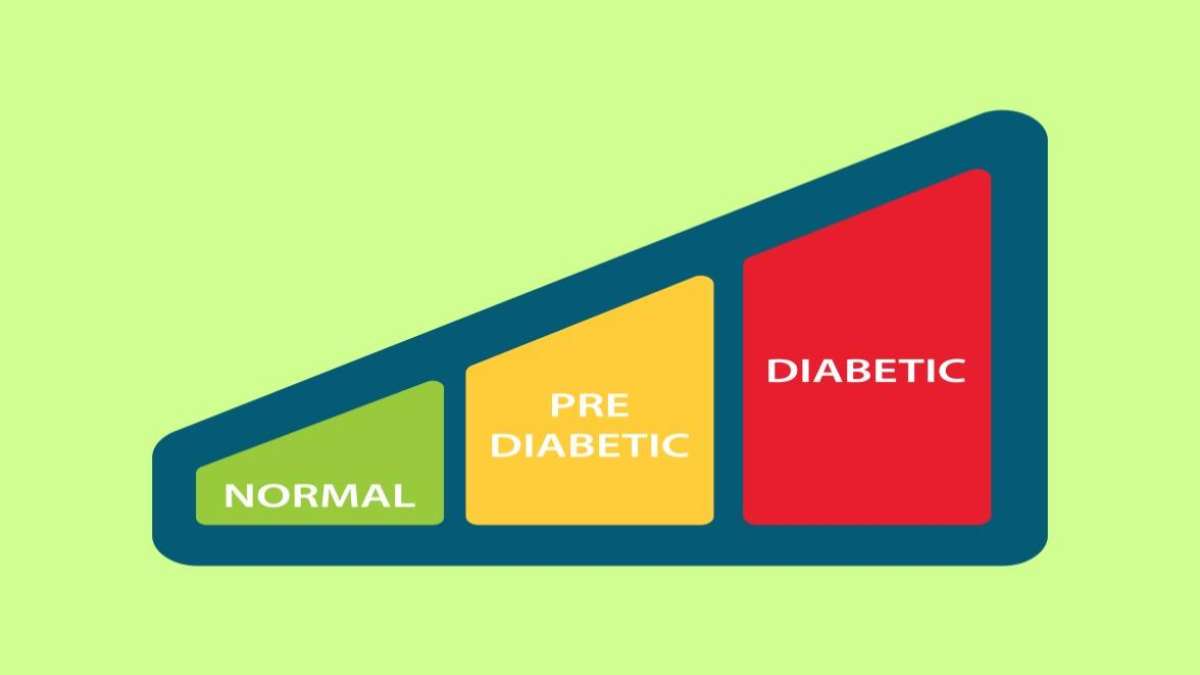Pre-diabetes is a condition characterized by blood glucose levels that are higher than normal but not high enough to be classified as diabetes. It's a critical juncture where lifestyle changes can make a significant impact on preventing the progression to type 2 diabetes. In this comprehensive guide, we delve into the intricacies of pre-diabetes, its risk factors, symptoms, diagnosis, and management strategies.

What is Pre-Diabetes?
Pre-diabetes occurs when blood sugar levels are elevated but not yet within the diabetic range. It's often considered a warning sign that signifies an increased risk of developing type 2 diabetes, heart disease, and stroke. Individuals with pre-diabetes may have impaired glucose tolerance (IGT) or impaired fasting glucose (IFG), indicating that their bodies are struggling to regulate blood sugar levels effectively.
Risk Factors for Pre-Diabetes
Several factors contribute to the development of pre-diabetes, including:
1. Obesity
Excess body weight, particularly around the abdomen, increases the risk of insulin resistance, a key precursor to pre-diabetes.
2. Physical Inactivity
A sedentary lifestyle decreases insulin sensitivity, making it harder for the body to utilize glucose efficiently.
3. Poor Diet
Consuming high-calorie, high-sugar foods can lead to weight gain and insulin resistance, increasing the risk of pre-diabetes.
4. Age
As individuals age, their risk of developing pre-diabetes increases, with people over 45 being more susceptible.
5. Ethnicity
Certain ethnic groups, such as African Americans, Hispanics, Native Americans, and Asian Americans, have a higher prevalence of pre-diabetes compared to others.
6. Gestational Diabetes
Women who have experienced gestational diabetes during pregnancy are at an increased risk of developing pre-diabetes later in life.
Identifying these risk factors is crucial for early intervention and prevention efforts.
Symptoms of Pre-Diabetes
Unlike diabetes, pre-diabetes often doesn't present with noticeable symptoms. However, some individuals may experience:
- Increased thirst
- Frequent urination
- Fatigue
- Blurred vision
These symptoms, if present, warrant further evaluation by a healthcare professional.
Diagnosis of Pre-Diabetes
1. Blood Tests
Blood tests, such as fasting plasma glucose (FPG) and oral glucose tolerance test (OGTT), are used to diagnose pre-diabetes. An FPG level between 100 and 125 mg/dL or an OGTT result between 140 and 199 mg/dL indicates pre-diabetes.
2. A1C Test
The A1C test measures average blood sugar levels over the past two to three months. An A1C level between 5.7% and 6.4% suggests pre-diabetes.
Management and Prevention Strategies
1. Healthy Diet
Adopting a balanced diet rich in fruits, vegetables, whole grains, and lean proteins can help control blood sugar levels and promote weight loss.
2. Regular Exercise
Engaging in regular physical activity, such as brisk walking, swimming, or cycling, improves insulin sensitivity and aids in weight management.
3. Weight Loss
Losing just 5% to 10% of body weight can significantly reduce the risk of developing type 2 diabetes in individuals with pre-diabetes.
4. Medication
In some cases, healthcare providers may prescribe medication, such as metformin, to help lower blood sugar levels and reduce the risk of progression to diabetes.
5. Monitoring
Regular monitoring of blood sugar levels and adherence to treatment plans are essential for managing pre-diabetes effectively.
Also Read - Foot Care in Diabetes
Conclusion
Pre-diabetes is a critical stage in which early intervention can prevent the onset of type 2 diabetes and its associated complications. By addressing modifiable risk factors, adopting a healthy lifestyle, and working closely with healthcare professionals, individuals with pre-diabetes can take control of their health and reduce their risk of developing diabetes.
Comments
Post a Comment